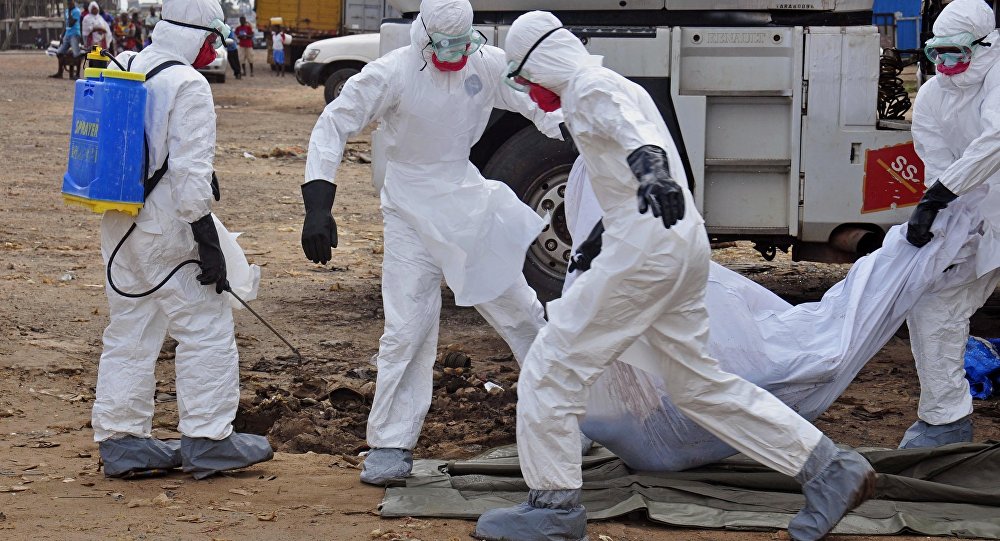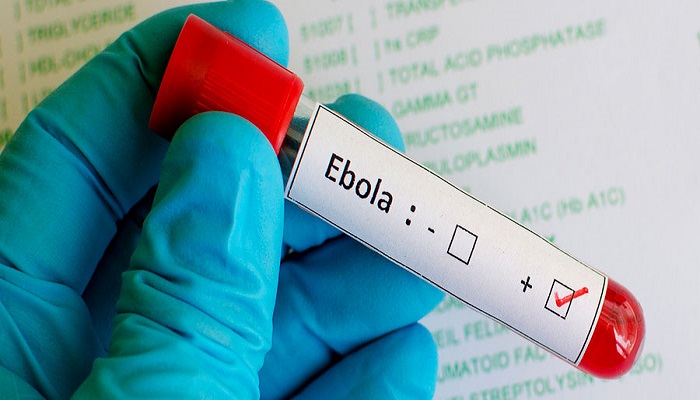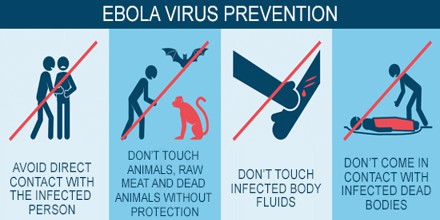Zaire Ebolavirus or commonly known Ebola virus belongs to genus ebolavirus. It causes severe and fatal Ebola virus disease or Ebola hemorrhagic fever in humans. Primarily, animals spread this virus to humans and later human to human interaction spreads it to others. The average mortality rate is 50%. However, this percentage rose up to 90% in past outbreaks.
Classification
Ebola virus belongs to family Filoviridae. The family has three genera. Five species of Ebola comes under the genus ebolavirus. Three of these namely, Bundibugyo, Sudan and Zaire ebolarvirus are main causative agents of Ebola outbreaks In various countries. Zaire ebolavirus caused the major Ebola outbreak in South African villages.
Ebola outbreaks
The first outbreak of Ebola virus happened in year 1976 as an outbreak in Sudan and Yambuku, Congo. There was another outbreak in central Africa. In 2014-2016, Ebola outbreak occurred in various rural and urban areas of South Africa.

To control and eliminate an outbreak, community engagement is the key. This involves applying packages of interventions, case managements strategies and creating public awareness to control the spread of infection. For instance, human to human interaction spread Ebola fever, therefore maintain a safe interaction and hygiene is important step to control the outbreak. On the other hand, there is no licensed treatment for this deadly infection till now.
Signs and symptoms
Once the virus enters the body, it may take 2-21 days as incubation period. Until then no symptoms appear. However, as soon as the symptoms appear, the person is more likely to transmit infection to others as well. The symptoms include:
- Sudden high fever
- Fatigue
- Sore throat
- Vomiting
- Diarrhea
- Rashes on body
- Impaired liver functioning
- Blood in stool
- Internal and external bleeding in severe cases
- Laboratory testing show low white blood cells and platelets count
Transmission of infection
- The members of Pteropodidae family are the primary host of virus. Pteropodidae is family of flying bats, (also called as fruit bats) foxes, monkeys and few others. Contaminated food, direct contact with body secretions of infected animal, results in virus transmission to others. Once in human body, the person to person interaction spread it. These factors include sharing contaminated food, blood transmission, and direct contact with body fluid such as blood of patient.
- The health care workers are at high risks of developing infection. Moreover, the burial ceremony of deceased may also spread infection to those who make a contact with dead body.

- There are many precautions to be followed by health care providers and those who perform burial ceremony.
- Sexual contact can transmit this infection to partner or not, need more data and research. However, the World Health Organization WHO suggests that proper care and awareness is a must for infected person and for survivor as well. Usually, semen testing is performed twice. In some cases, RT-PCR is performed for survivors to check if the virus still persists or not. Both the infected person and the survivor must use condoms and maintain personal hygiene to avoid virus transmission.
Ebola virus do persist for long time
Even if the patient survives the Ebola infection, the virus still persists in body. Sensitive organs such as inner eyes, brain, testicles, and groin are main sites where the virus resides. Moreover, the pregnant women may have persistent virus in amniotic fluids, placenta, in fetus and in breast milk as well.
The reverse transcriptase polymerase chain reaction (RT-PCR) confirms if the virus still persists or not. Studies show that virus may persist for as long as 9 months after complete recovery.
Diagnosis
The initial symptoms of Ebola infection are similar to malaria and typhoid. Therefore, lab tests are performed to confirm. Usually the lab analysts use blood samples, body secretions and fluid such as saliva and semen for diagnostic tests. World Health Organization WHO suggests and has approved two types of lab tests for EBV infection.
- Automated or semiautomatic nucleic acid (NAT) tests
- Test which detect the presence of antigenic viral particles. Such as:
- Enzyme linked immunosorbent assay ELIZA
- Serum neutralization test
- Reverse transcriptase polymerase chain reaction (RT-PCR)
- Isolation of viral particles by cell culture technique
- Treatment strategies
There is no specific treatment option for this deadly infection. However, a range of potential treatment strategies which include immune therapies and drugs are under trails.
Ebola vaccine
In year 2015, researchers have developed Ebola vaccine in Guinea. The vaccine is named as rVSV-ZEBOV. The trails for this vaccine showed promising results to prevent EBV.
Moreover, plant biotechnologists aim to find a natural plant based solution for Ebola infection in the form of plantibodies. These are plant derived specific monoclonal antibodies. Although these have not become a common practice yet there is a lot of potential in this therapeutic research. Through this technique, eating plant fruits can provide immunity to humans against such deadly infections.
Prevention is better than cure….
With no proper treatment options for Ebola virus infection, the best choice is to take preventive steps.
- As the primary hosts of Ebola virus are animals such as fruit bats, monkeys and other, you must take proper care. For instance, if you are a vet, you must avoid direct contact by using gloves. Similarly, you must cook the meat properly before use.
- Moreover, limit and prevent the human to human transmission. Specially the health care providers, the family of the patient should manage hygienic practice and avoid direct contact with patient’s secretion such as body fluids.
- Not to forget one more important thing, that the deceased must be buried according to the precautionary measures suggested by the WHO and health care authorities.
Bottom line
The World Health Organization aims to eradicate Ebola virus infections by taking steps such as community engagement. The organization provides assistance in case of disease outbreak by engaging public, creating awareness and supporting surveillance to control the outbreak. The health care ministries of every country should take steps and create awareness in public to fight and control such outbreaks.


